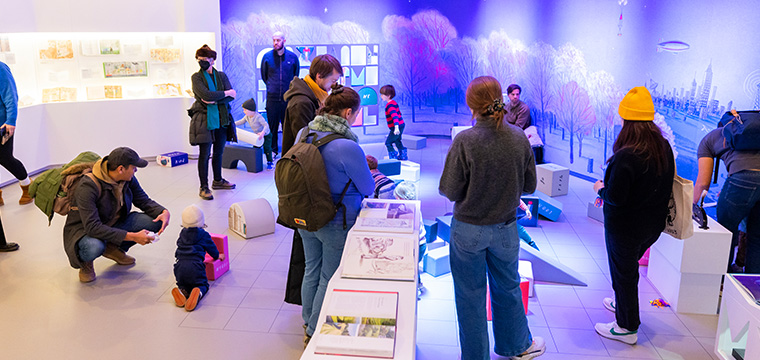
Join the National Building Museum and DC Public Library for a special Building Readers Club Day on library design! Explore the design process of local libraries with resources from the People’s Archive and the National Building Museum collection. Contribute to a community library model. Gather inspiration for future libraries and downtowns with exploration in the new exhibit Coming Together and building activities in the exhibit Brick City.
Afterwards, join STEAM Saturday to continue building a future city.
Program Schedule
10am-12:30pm- Explore the library design process
10am-12:30pm- Contribute to the community library model
1pm-3pm- Join STEAM Saturday Future Cities
10am-4pm- Explore exhibits Coming Together and Brick City
About The People’s Archive at DC Public Library
The People's Archive at DC Public Library is home to the dynamic collections that preserve and share the stories, histories, and voices of Washington, D.C.’s diverse communities, as well as the Black experience in the Unites States. It features materials—such as photographs, oral histories, documents, and more—that highlight the vibrant local, national and international history of DMV residents, grassroots movements, and cultural milestones, making it a valuable resource for researchers, historians, and anyone interested in learning more about the city’s past and present.
If you're not signed up for the Club already, sign up here for free. Although the Building Readers Club is meant for all ages, our activity meet ups are designed for children ages 4 to 9 to participate alongside a caregiver.
About The Building Readers Club
The Building Readers Club is your guide to explore the world of architecture, engineering, construction, and design found in the pages of children’s books. The primary educational program of the National Building Museum’s exhibition Building Stories, the Club provides suggested books to read and monthly activities to inspire children to find their place within a complex world and become agents of change for a more sustainable, equitable future in their own neighborhoods and built communities.